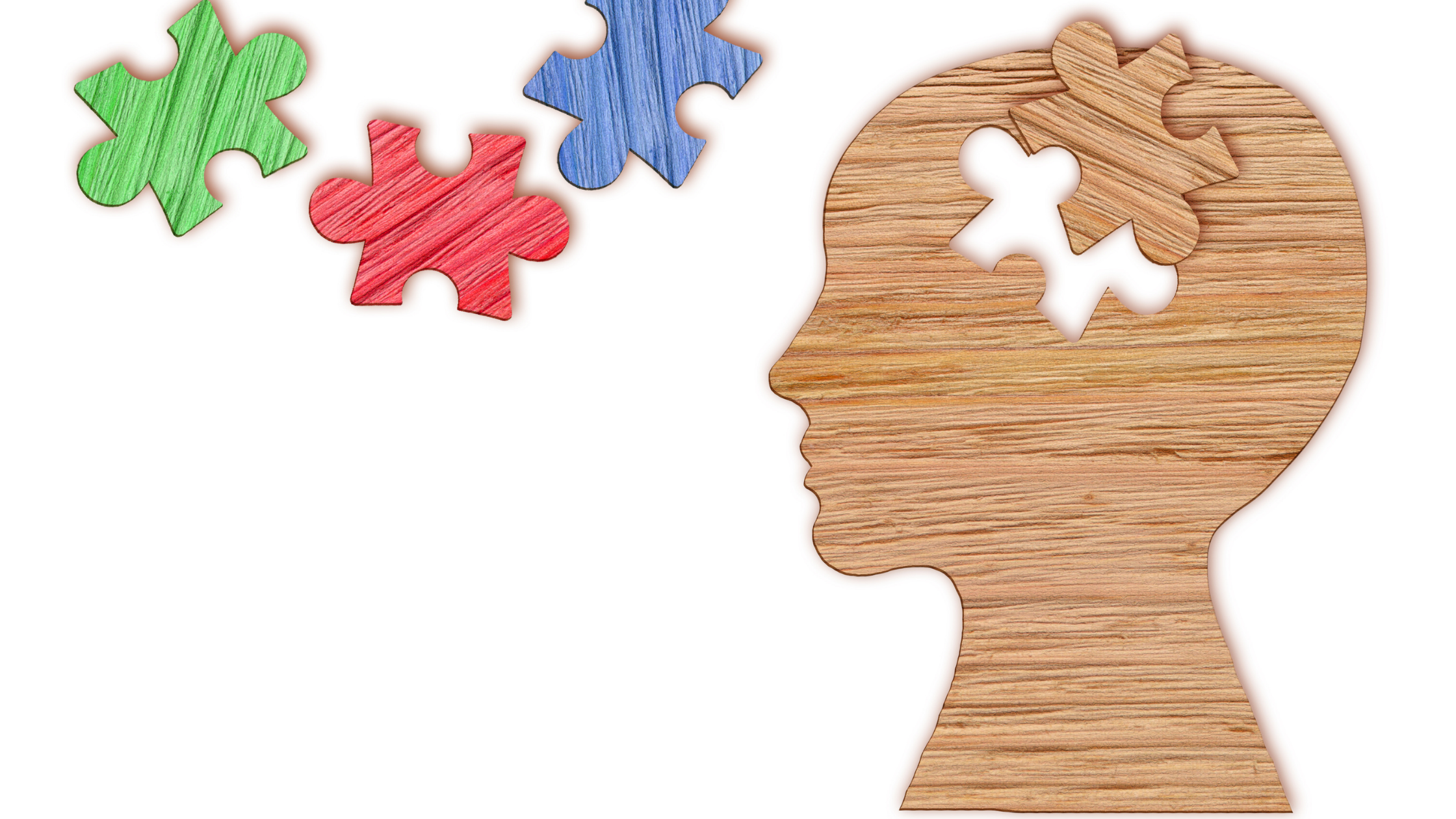We’re answering 3 common questions about behavioral health to help you better understand this complex concern.
1. What is behavioral health?
According to the Substance Abuse and Mental Health Services Administration (SAMHSA), the term behavioral health relates to the “promotion of mental health, resilience and wellbeing, the treatment of mental and substance use disorders, and the support of those who experience and/or are in recovery from these conditions, along with their families and communities.”
2. Why is it important for emergency service organizations to focus on behavioral health?
The SAMHSA estimates that 30% of first responders develop behavioral health conditions including depression and post-traumatic stress disorder (PTSD)—which is about 10% higher than the general population.
3. What resources can I use to learn more about behavioral health and help address these concerns in my organization?
ResponderHelp.com has a large library of behavioral health resources designed specifically for fire departments, EMS agencies and communication centers, including:
- The VFIS University online Behavioral Health Series Awareness Training, which covers background information, education, symptoms, causes and treatment options for the top behavioral health risks that responders face.
- A printable flyer from the World Health Organization (WHO) on emergency responder suicide prevention.
- Our VFIS “You’re Not Alone” poster to serve as a visual reminder to personnel that they are not alone and can seek help at any time.
- An in-depth behavioral health booklet for fire and EMS personnel covering the risks, common concerns, how to start a behavioral health program and more.
- Information and resources from the Firefighter Behavioral Health Alliance.
- The Heroes Health Initiative mobile app which provides access to mental health resources, as well as collects mental health data on emergency responders to develop more research and resources in the future.
DISCLAIMER
The information contained in this blog post is intended for educational purposes only and is not intended to replace expert advice in connection with the topics presented. Glatfelter specifically disclaims any liability for any act or omission by any person or entity in connection with the preparation, use or implementation of plans, principles, concepts or information contained in this publication.
Glatfelter does not make any representation or warranty, expressed or implied, with respect to the results obtained by the use, adherence or implementation of the material contained in this publication. The implementation of the plans, principles, concepts or materials contained in this publication is not a guarantee that you will achieve a certain desired result. It is strongly recommended that you consult with a professional advisor, architect or other expert prior to the implementation of plans, principles, concepts or materials contained in this publication.
This blog post may contain the content of third parties and links to third party websites. Third party content and websites are owned and operated by an independent party over which Glatfelter has no control. Glatfelter makes no representation, warranty, or guarantee as to the accuracy, completeness, timeliness or reliability of any third party content. References to third party services, processes, products, or other information does not constitute or imply any endorsement, sponsorship or recommendation by Glatfelter, unless expressly stated otherwise.
Related posts
We asked 10 members of our VFIS Team to name one auto-related risk that they believe is underdiscussed in fire and EMS agencies. Here’s what they said.
Most volunteer fire departments rely heavily on POVs, but there are inherent risks you should know.
Establish a Emergency Vehicle Operations Program that includes driver/operator requirements to help ensure your vehicles are in the right hands.









Submit a Comment